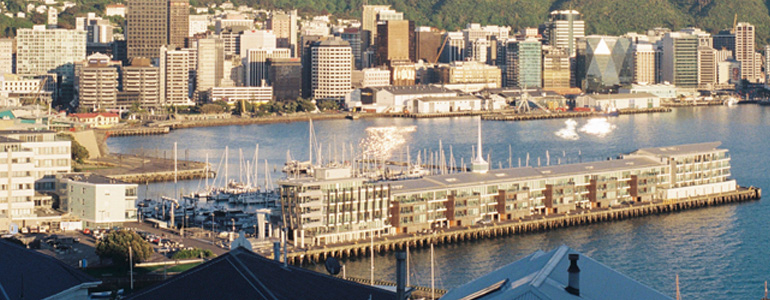Amenities, services and infrastructure
Visitors (both domestic and international) require a range of services and amenities within a location to fulfil their needs and expectations. They share these amenities and services with the local residents. Visitors become ‘temporary residents’, often supporting a scale of community amenity that benefits the locals, helping to sustain the vibrancy, diversity and social, cultural and economic fabric of communities.
On this page
Adequate and future-proofed infrastructure and services are essential for both supporting the local population and providing an attractive destination for visitors. The key forms of infrastructure required are:
- access – e.g. road, rail, sea, air, digital (see the Access section)
- general public infrastructure – e.g. water, wastewater, refuse collection, car parking/transport hubs, toilets, signage, wayfinding.
The costs of this infrastructure can be a challenge in some places, particularly if the residential rating base of the community is small but the visitor numbers are high. These situations require the deliberate use of a wide range of revenue tools to distribute the costs fairly.
Data on current and future population and visitor numbers should inform infrastructure planning, product development and investment. An understanding of visitor volumes and behaviour can also help with identifying mechanisms to recover costs at the source, if appropriate.
Great places to live are also great places to visit. Creating vibrant places through place-making activities provides benefits for both the host community and its visitors.
Ask
- What is the projected growth for residents and visitors?
- What visitor infrastructure and amenities are required to support the destination effectively, both now and in the future?
- What additional capacity in ‘mixed-use’ infrastructure is required to support visitor and local population needs?
- What plans and regulations do we need to consider?
- Are there opportunities for partnerships between the public and private sectors?
- What are the financing options for the provision of mixed-use infrastructure (e.g. targeted rates, levies, user charges)?
- How can we maximise the amenity for the benefit of the community and emphasise local stories and values?
- What does the 20–40-year-plan for our infrastructure and funding needs look like?
- What are our funding pathways for infrastructure, amenity and service provision (if applicable)?

Wolf Zimmerman – Wellington Harbour
“Planning & investing in the right level of infrastructure to meet the needs of future residents and visitors is a complex challenge for Councils. It is only by working collaboratively that we will be able to find sustainable & affordable solutions.”
Peter Harris, Economic Development Manager, Queenstown Lakes District Council

